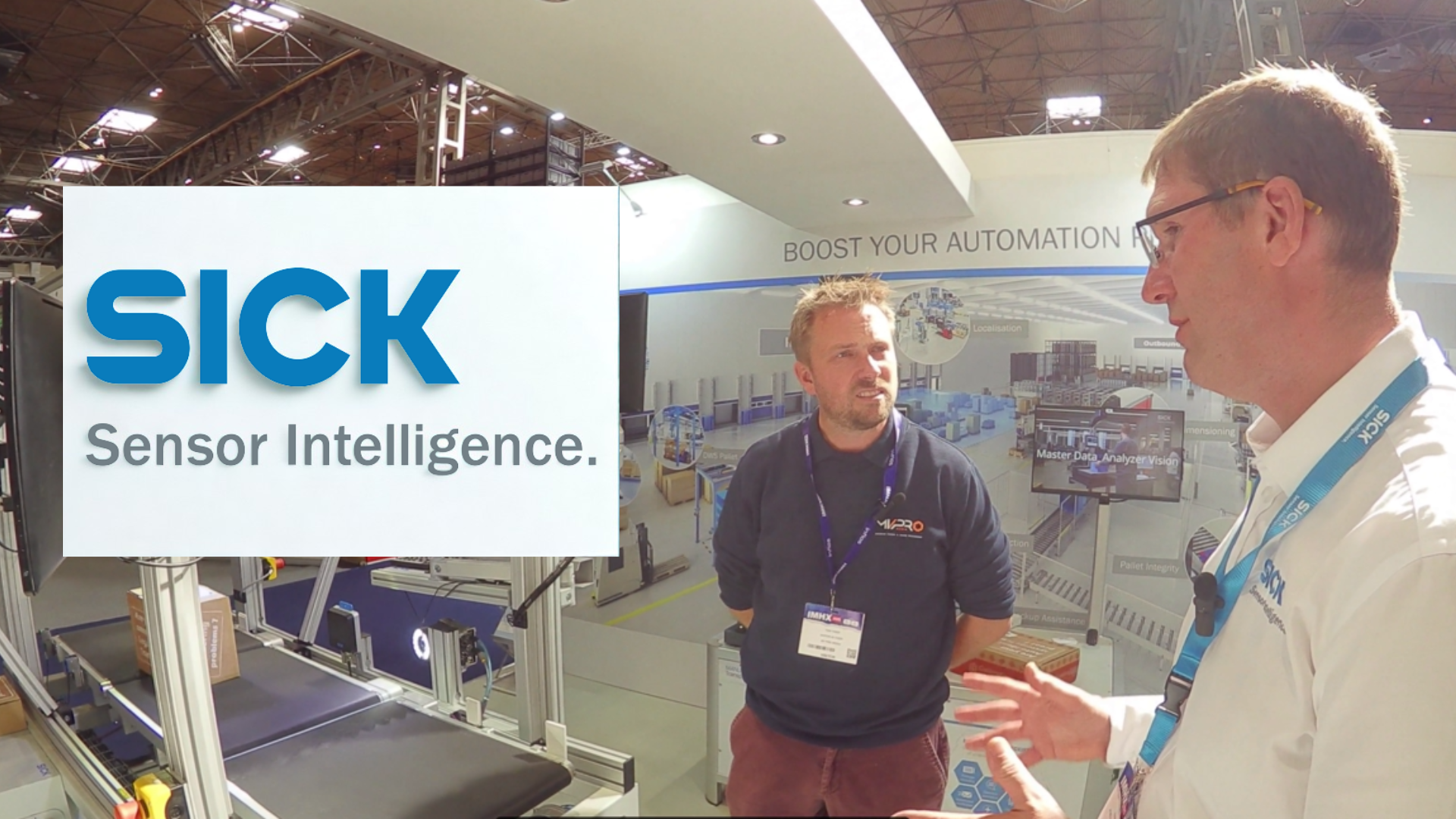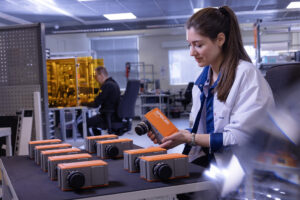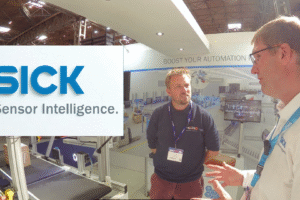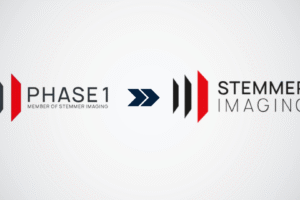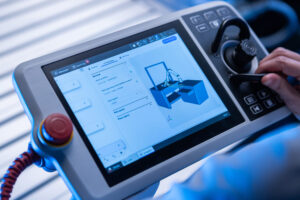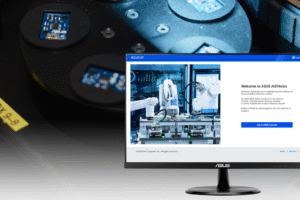Boring, strenuous, and exhausting jobs are things of the past. The work environment of tomorrow looks different: simple, and easy. Cobots, AGVs (Autonomous Guided Vehicles), and AMRs (Autonomous Mobile Robots) put variety into daily work routines. Cooperation with the robot transforms previously tedious, strenuous tasks into popular activities that are easy to perform. Numerous exhibitors at automatica, held in Munich from June 27 to 30, 2023, will present examples of such transformations.
Urgently wanted: robotic skilled workers
While such work facilitation is great, the pivotal question is: To what extent can automation and robotics compensate the lack of specialists that currently many countries face? An ever-increasing gap emerges as the baby boomers retire from the workforce. This is a serious growth impediment and a threat to the gross national product of many western countries. The question to be answered: Who is able and willing to provide the urgently needed work performance of those people?
This is where robots come in—not in all workplaces, but in many. After all, many simple and monotonous tasks have already been automated in high-wage countries. This is particularly true for the industrial sector while there is still considerable potential for automation in many other areas such as logistics and healthcare.
Strong and flexible: the new cobot generation
A turning point is emerging on the horizon of cobot applications as they are developed beyond the light payload applications that have dominated so far. The latest machines supplied by Universal Robots and Fanuc are examples of the development towards higher payloads.
With a 20 kg payload capacity, Universal Robots considers its new UR20 the next generation of industrial cobots—designed to take performance to new heights. The manufacturer thus expects its deployment “in more environments than ever before”.
Fanuc even surpasses this payload with a 30 kg version of the popular CRX series, which they will present at automatica, Germany at the end of June 2023. Not only does this cobot have the capability for collaborative applications, it has also been designed for use in industrial environments such as food production. They have already been recruited by the Swabian industrial oven manufacturer Wiesheu. Collaborative Fanuc CRX robots featuring integrated vision technology and a 3D-printed ‘roll gripper’ remove semi-finished bakery products from a feed conveyor or box and place them on the baking tray provided.
Deployment in labs, pharmacies, restaurants
As cobots and robots become increasingly flexible and user-friendly, and as the lack of specialists affects most of the economy, exhibitors at automatica cover areas far beyond industrial applications. Marc Segura, President of ABB Robotics, explains: “We will see robots take on tasks in additional sectors such as hospitality and healthcare, particularly in laboratories and pharmacies.”
There are already some real-life examples such as the popular Haidilao restaurant chain, where ABB robots are used for automated meal preparation.
Logistics: increasingly flexible, smart, fast
Robots have long been well-established in logistics—in sorting, picking, and palletizing applications. Now they can perform these tasks more flexibly thanks to AI and machine vision.
Experts expect the automation of manual workflows using a combination of new technologies to become the decisive factor in the future competitive positioning of logistics service providers. Tobias Kieferl, Product & Market Manager Logistics in the Yaskawa Robotics Division predicts: “Those who manage to maximize process efficiency and offer short cycle times through both flexible and highly automated systems will have an edge here.”
Increasingly powerful AGVs play a major role in this context. The design and capabilities of the latest driverless transport system generations will also be presented at automatica. In any case, the deployment of AGVs and AMRs enables users to move away from rigidly interlinked processes and towards highly flexible intralogistics and production structures.
But mobile robotic systems are not limited to independently transporting components through smart factories—service robots also assist in hospitals or nursing homes. Visiting professionals at automatica will learn how these opportunities can be harnessed quickly across various practical aspects of life.
All the major topics like digitization, artificial intelligence, sustainable production and future of work, which will shape our future massively are addressed at automatica 2023 from June 27-30 at Messe Munich, Germany.



